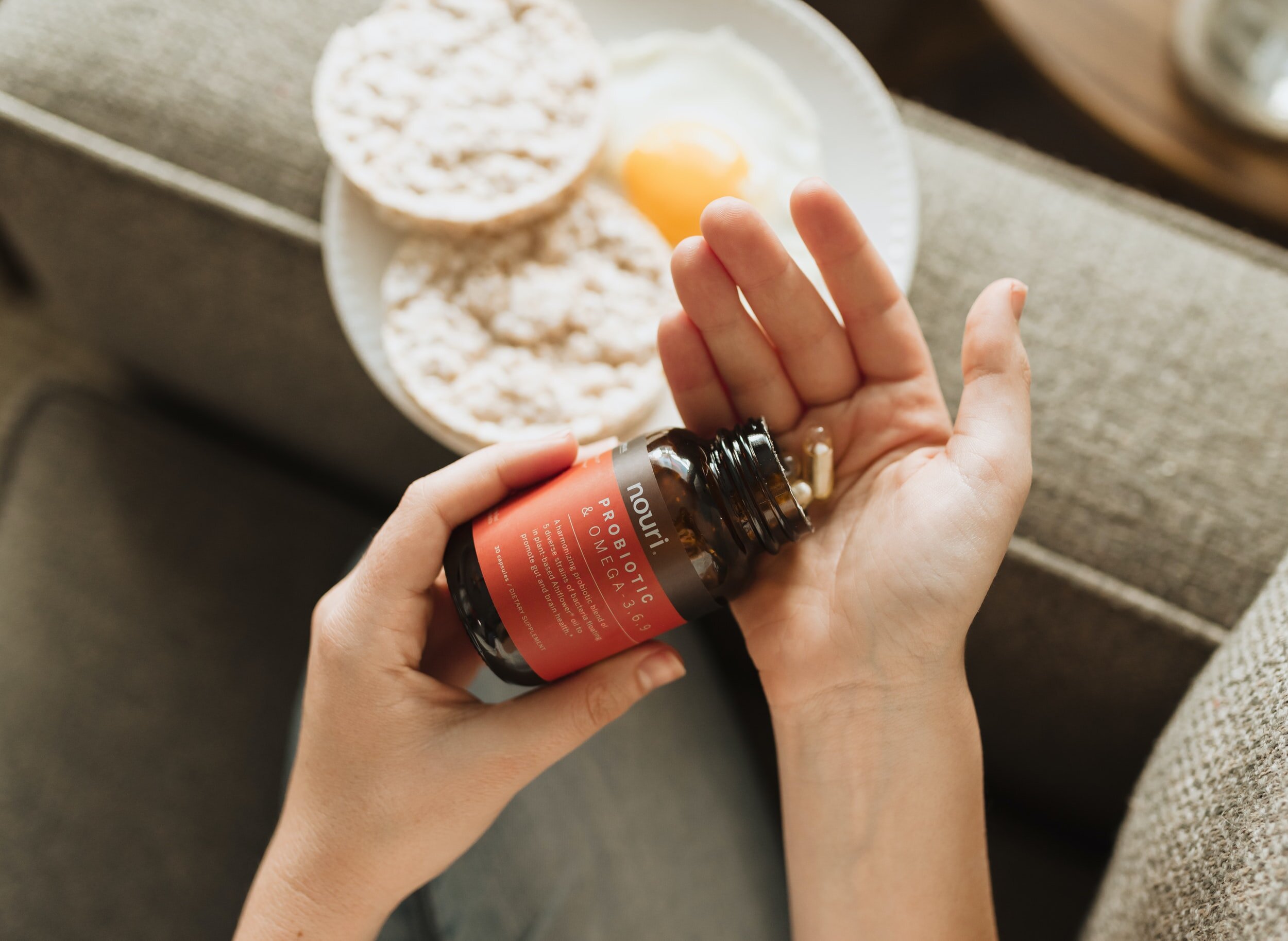Train Your Feet
Do you know how critical healthy feet are to a successful training program? Your feet and ankles make up your body’s foundation and act as “shock absorbers” when your body interacts with a surface. The feet transmit weight from
our body to the ground, allow us to balance in static posture, and propel our body forward, back and laterally in dynamic activities. Let's get serious about taking care of our feet and take a closer look at how we can train them effectively...To improve feet function and help prevent dysfunction in other body parts, I have put together a few foot exercises that I use in my personal training to help build healthy strong feet to carry you through your Optimal lifestyle.
Why Exercise Your Feet?
While feet are our base for all movement, it isn’t common practice for many exercisers to consider foot function. I believe this needs to change.
A house will collapse if built on a weak foundation. Many of the problems you see upstream are very much related to the foot. Hip, knee and ankle discomfort or pain often starts in foot dysfunction. Being barefoot allows you to increase balance, engage muscles, improve mobility, transfer stability from one side to the other and offer efficient force transfer to the ground. When was the last time you went barefoot in the grass or sand?
Foot Exercises
You can perform foot exercises alone, as part of a warmup or in the stretch section of a workout. Inactive foot muscles may fatigue quickly, but daily exercise will build strength and endurance. That's code for a pain-free everyday life. Give these exercises a try in your workout routine:
Toe spreading:
Stand on a stable surface.
Extend and simultaneously move your toes away from each other.
Create as much space be–tween the toes as possible.
Repeat several times, each foot.
Marble pickup:
Put a pile of marbles on the floor.
Pick up each marble with your toes, creating a second pile.
Repeat several times, each foot.
Toe yoga:
Extend the big toe while toes 2–5 stay on the floor.
Alternate, lifting and lowering toes 2–5 and then the big toe.
Do each foot separately and then both feet together.
Beginning and End:
Extend all your toes.
Alternate pressing the big toe and fifth toe to the floor, keeping the ankle centered.
Extend all toes and simultaneously press the big toe and fifth toe to the floor, keeping the middle toes lifted.
Repeat, each foot.
Band work:
Fasten a resistance band to a secure point, placing the other end of the band on the top or dorsal side of the foot, below your toes.
Dorsiflex the foot (raise it up toward the shin) and then relax.
Repeat several times, each foot.
Foot stretch:
Kneel and tuck all toes under the buttocks.
Press the toe pads into the floor. Place a blanket or cushion under the knees if you feel discomfort.
Spend 20–30 seconds in this position and gradually work toward 1 minute.
Rolling Your Feet
Ball rolling can be performed while sitting or standing. Do these exercises daily or even multiple times a day. I promise, you will notice a difference in your foot fatigue. It will be your new favorite ritual!
Roll a lacrosse ball or tennis ball under the middle of your foot and roll horizontally and vertically between the ball of your foot and the calcaneus (large bone at the heel). Unless neuropathy (a lack of activity in nerve endings) is an issue, you can apply pressure when rolling on the middle of your foot, as it has four layers of muscle.
It is important to also roll on the medial (inside) and lateral (outside) edges of the feet to activate connective tissue and nerve endings that are rarely worked because of the number of hours feet spend immobile in shoes.
Roll from your calcaneus to your toes, making a path to the tip of each toe. Use lighter pressure when rolling over the sesamoid bones, which are two pea-shaped bones embedded in the tendon of the flexor hallucis brevis, just under the base of the big toe.
Why did I compile this list of foot exercises for you?
Healthy feet are vital for mobility. In their lifetime, the average person walks approximately 100,000 miles. But all too often, we do not place the same emphasis on looking after our feet as we do on other parts of our body. Keeping your feet healthy should be part of your daily routine. Poor foot health can impede work performance and even result in lost time from work. And with poor foot health, you're less likely to engage in physical activity. The result is a higher risk of disease, such as heart disease and diabetes, reduced endurance and loss of muscle mass. Not to mention stress in the form of depression and anxiety.
There you have it. Enough good reason to really pay attention to your feet. So, if you are reading this and know your feet need attention, get busy taking care of those feet. Your future Optimal YOU thanks you!











